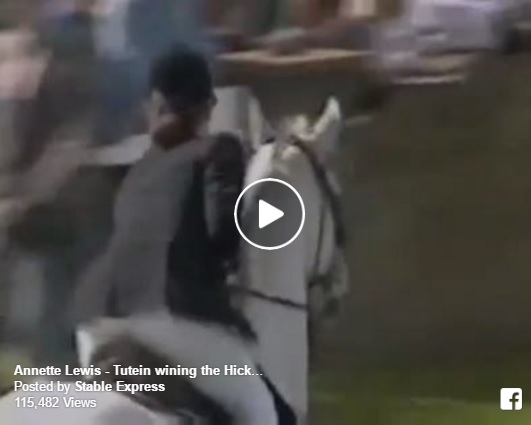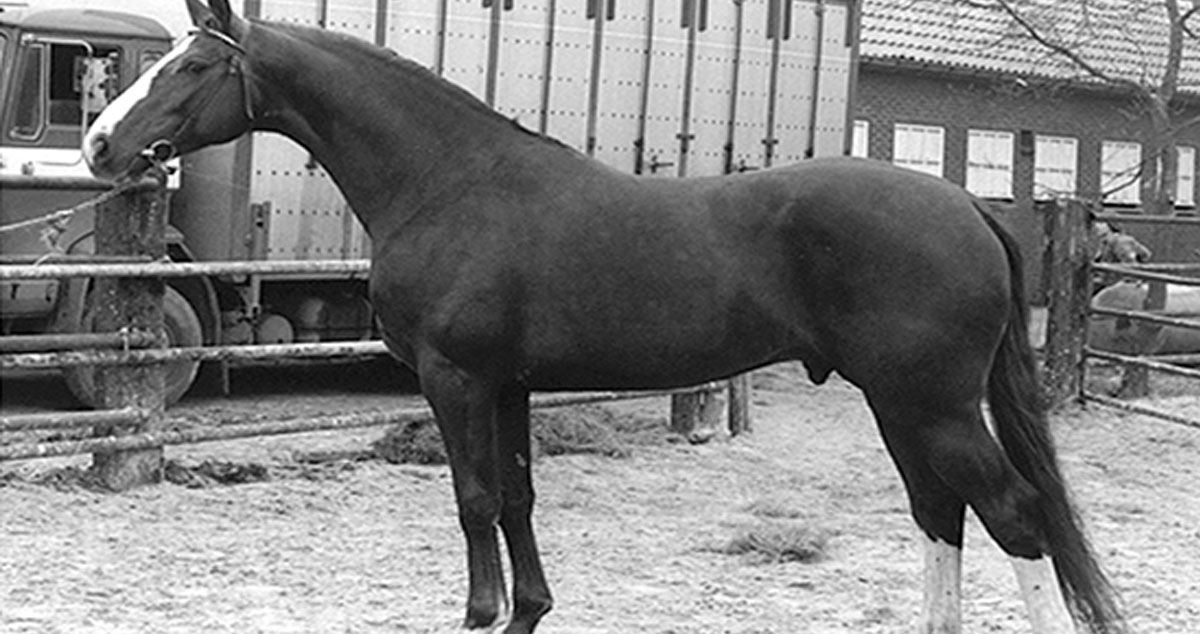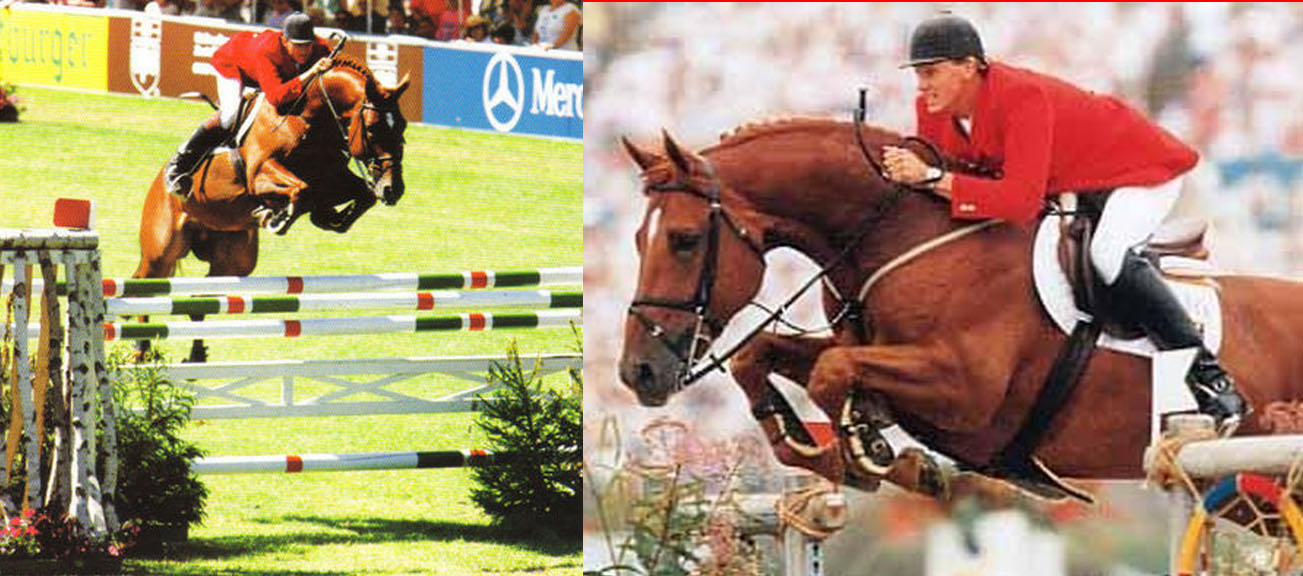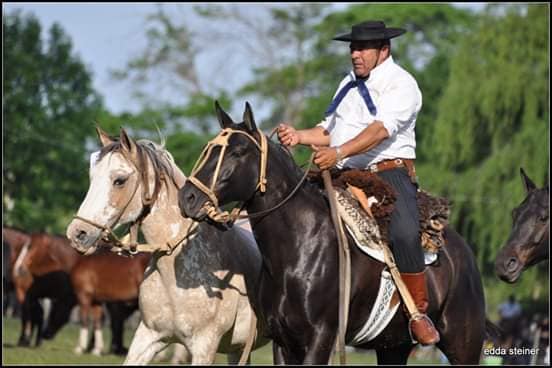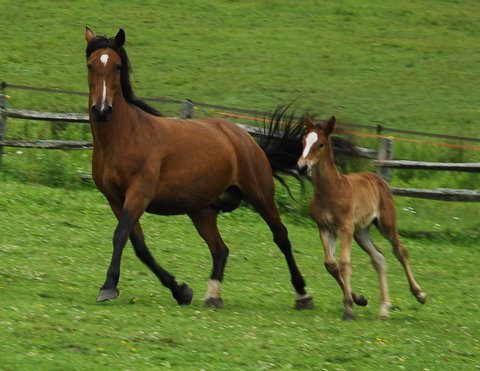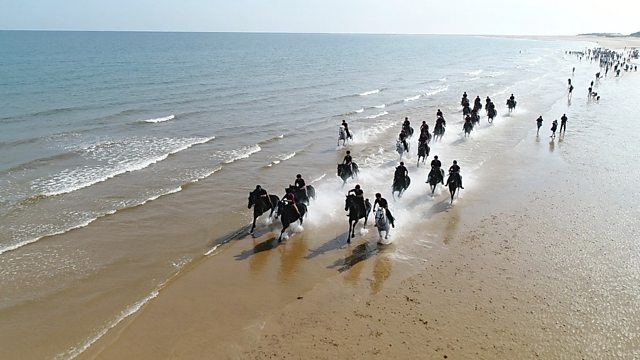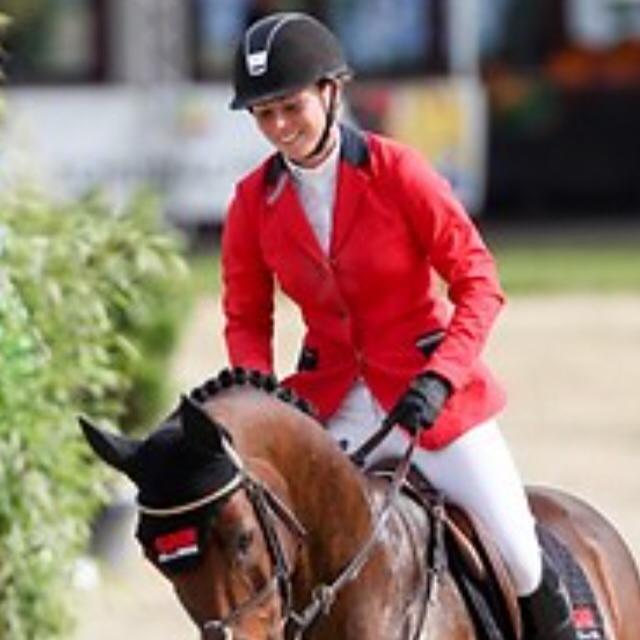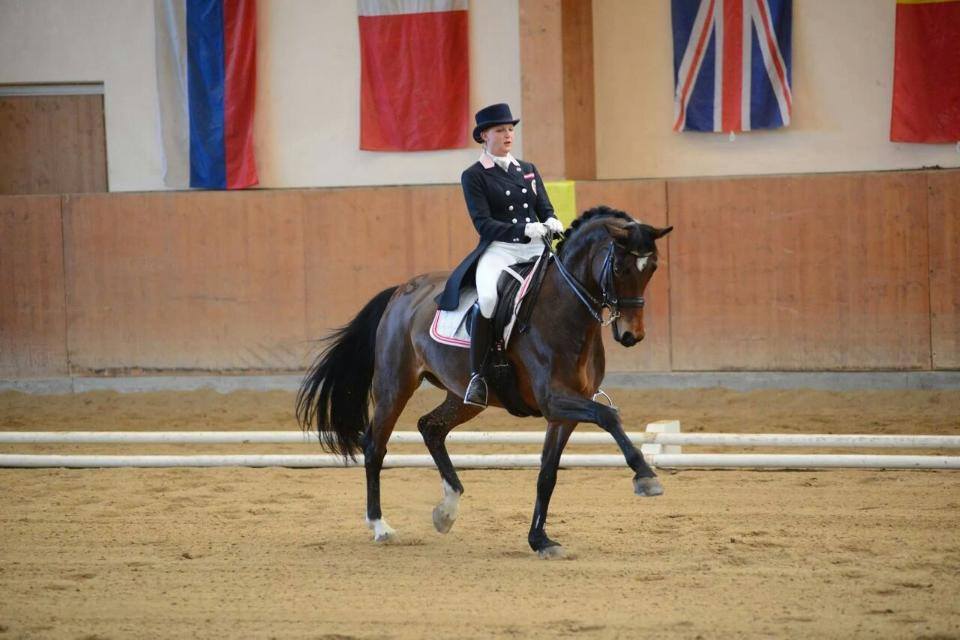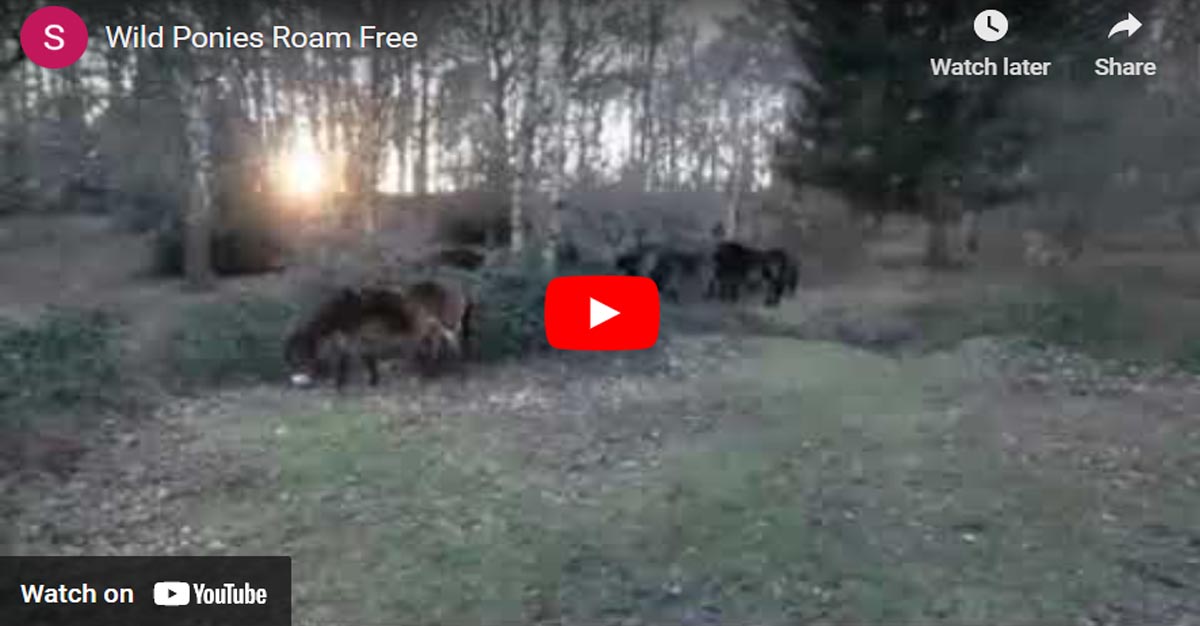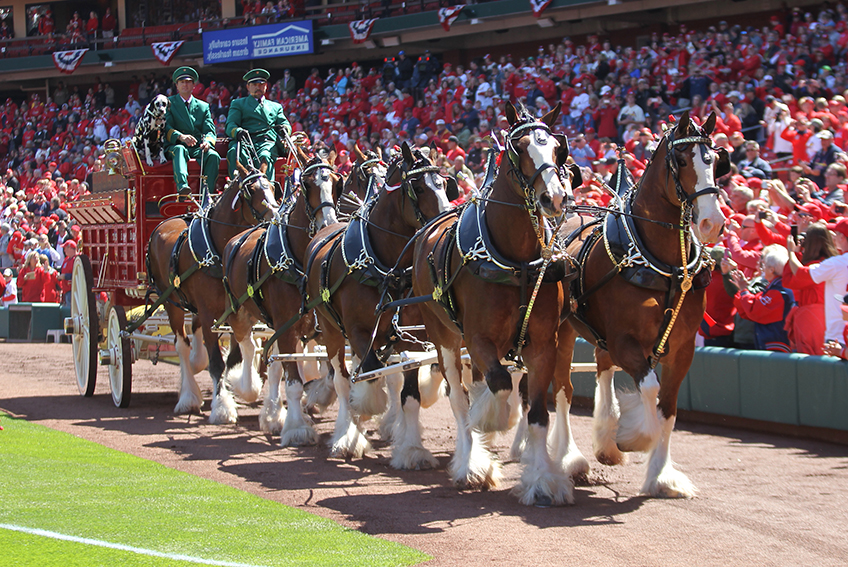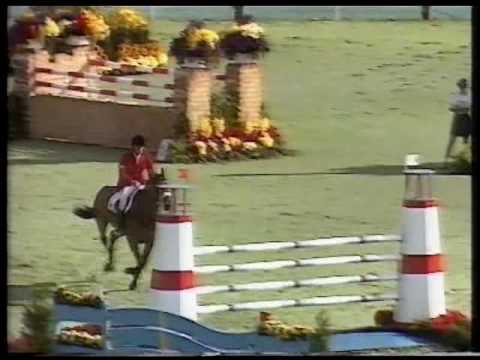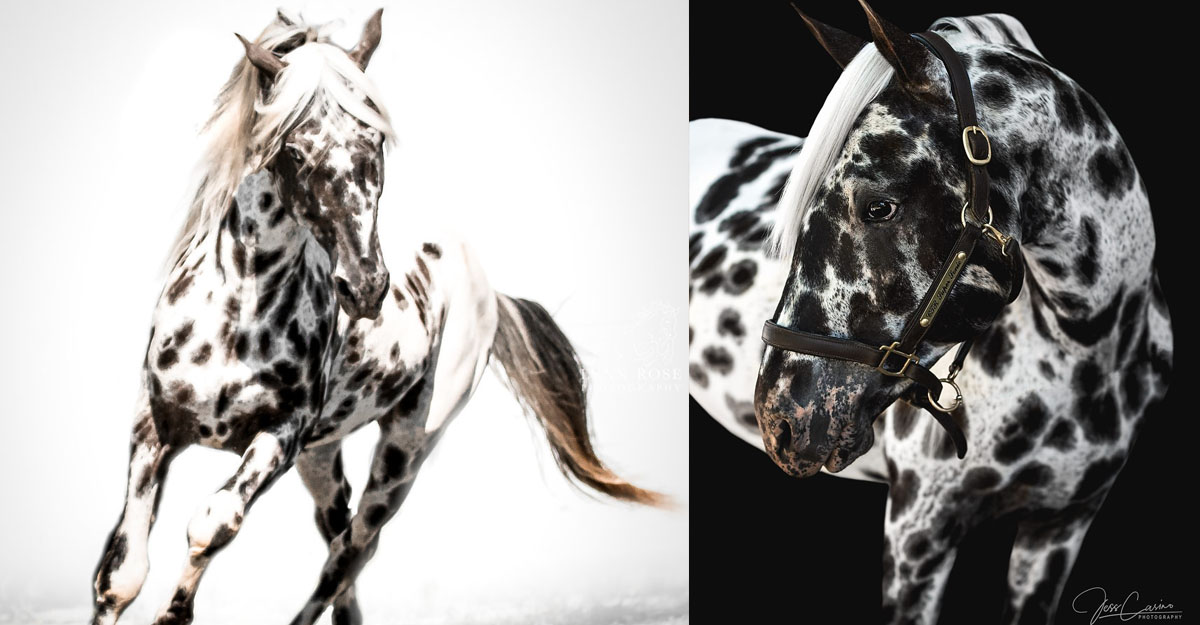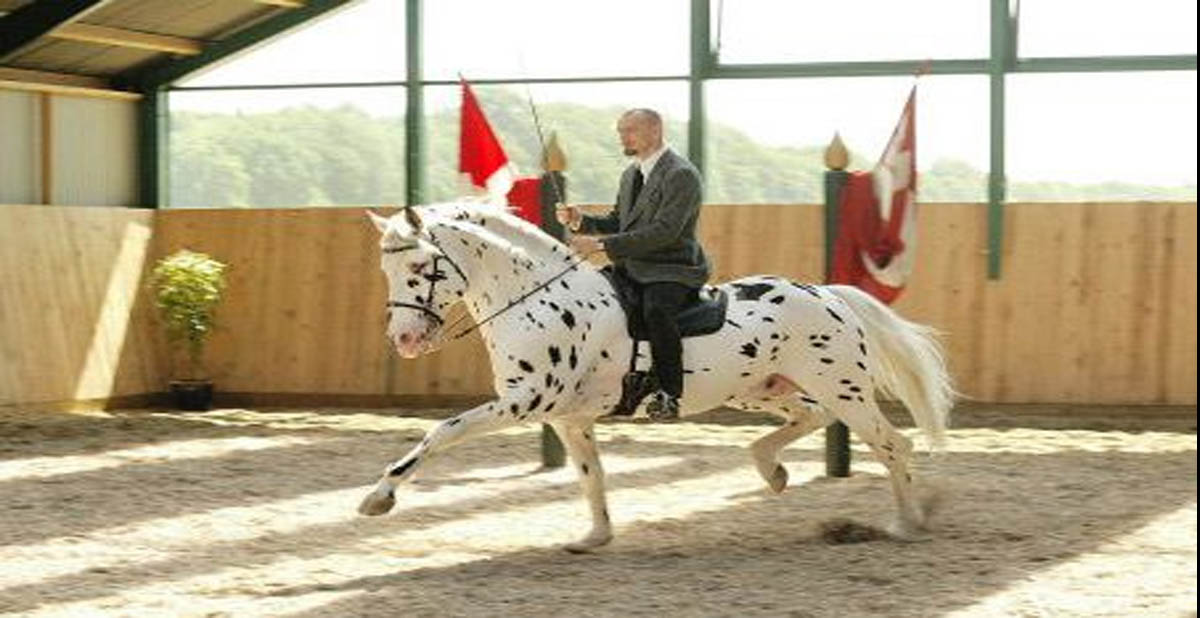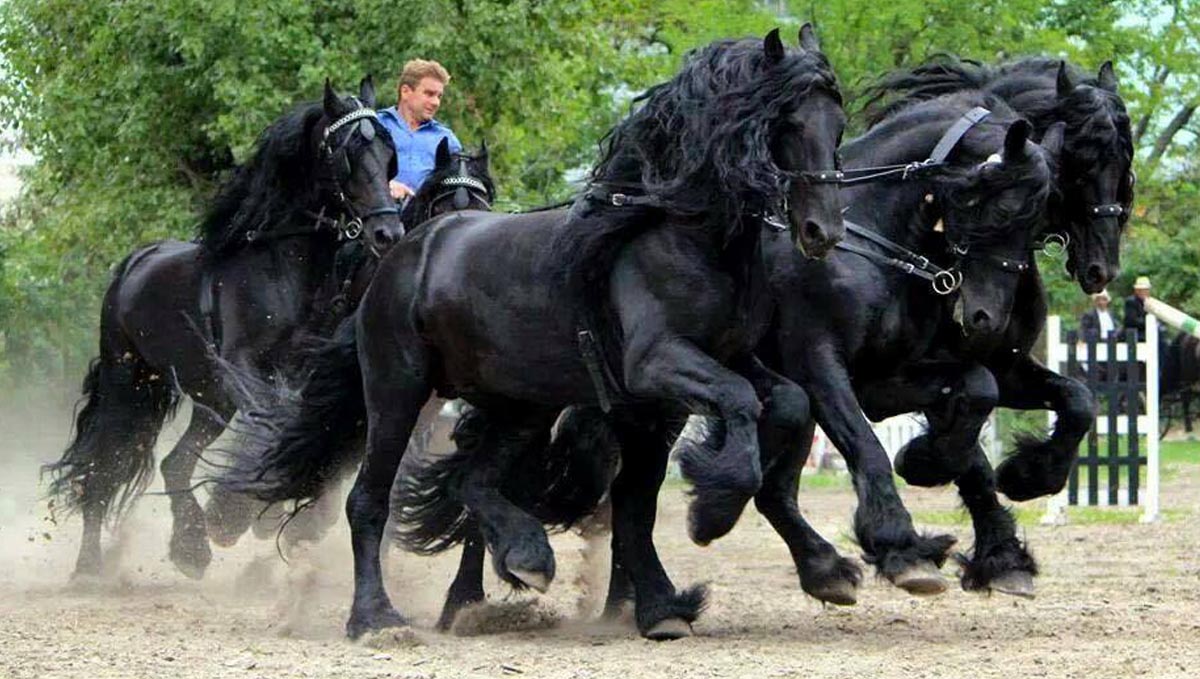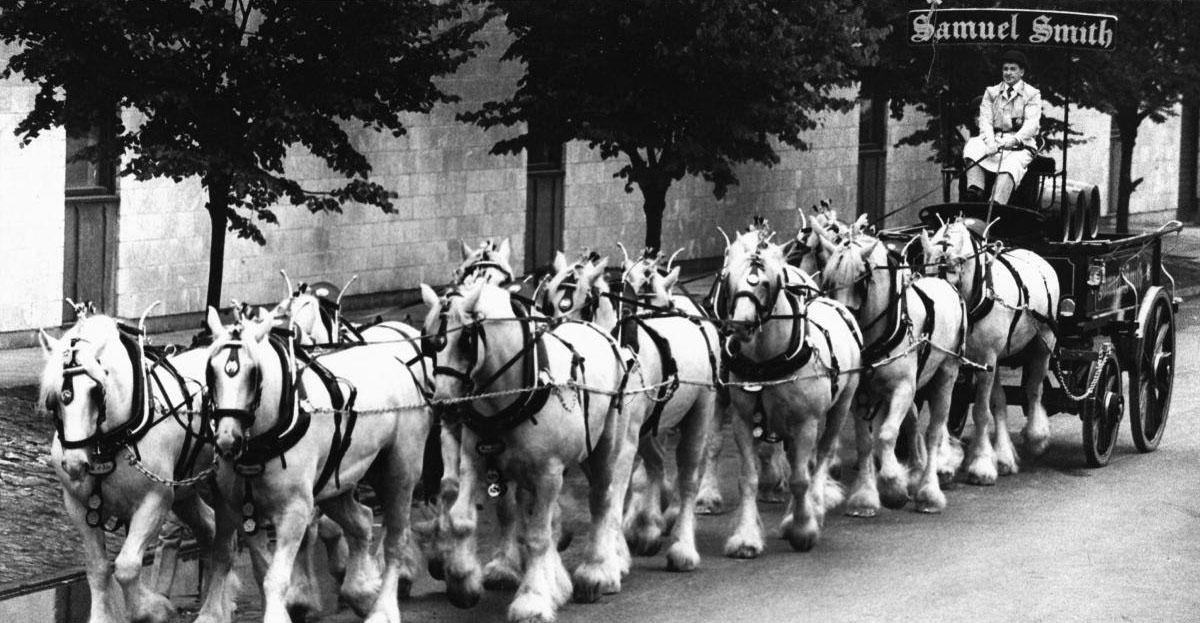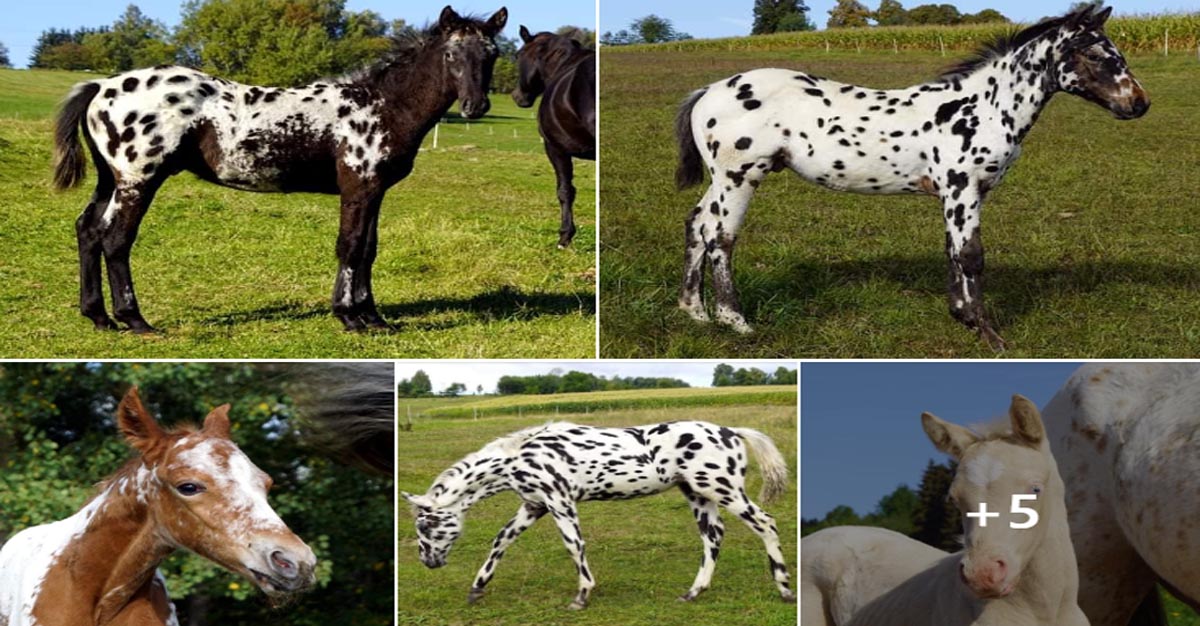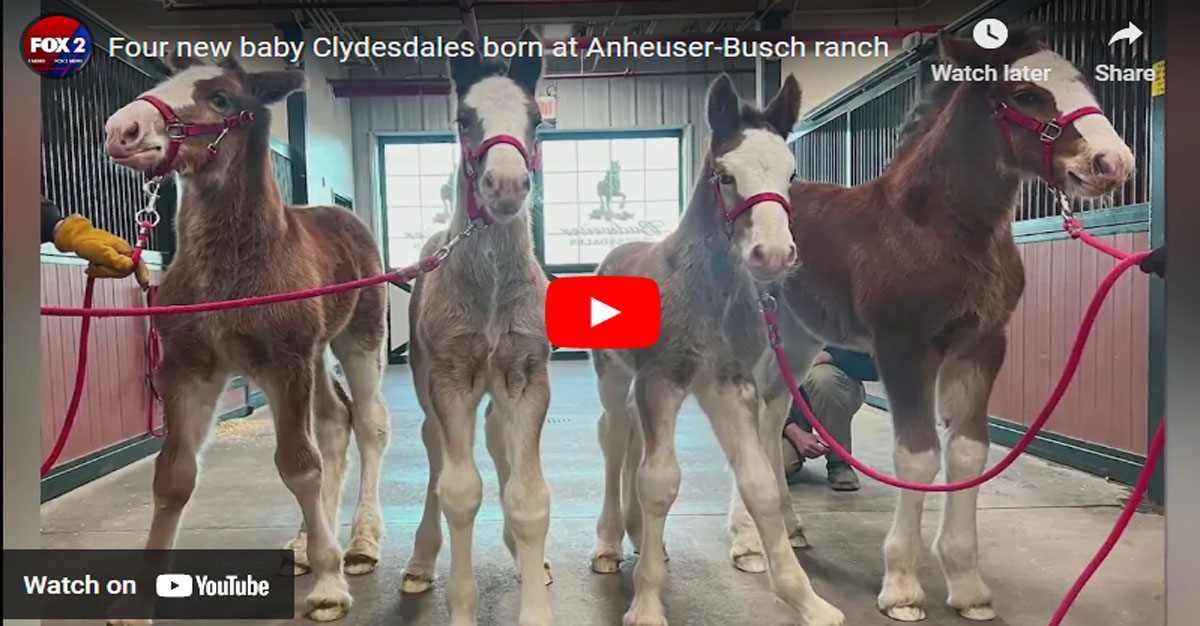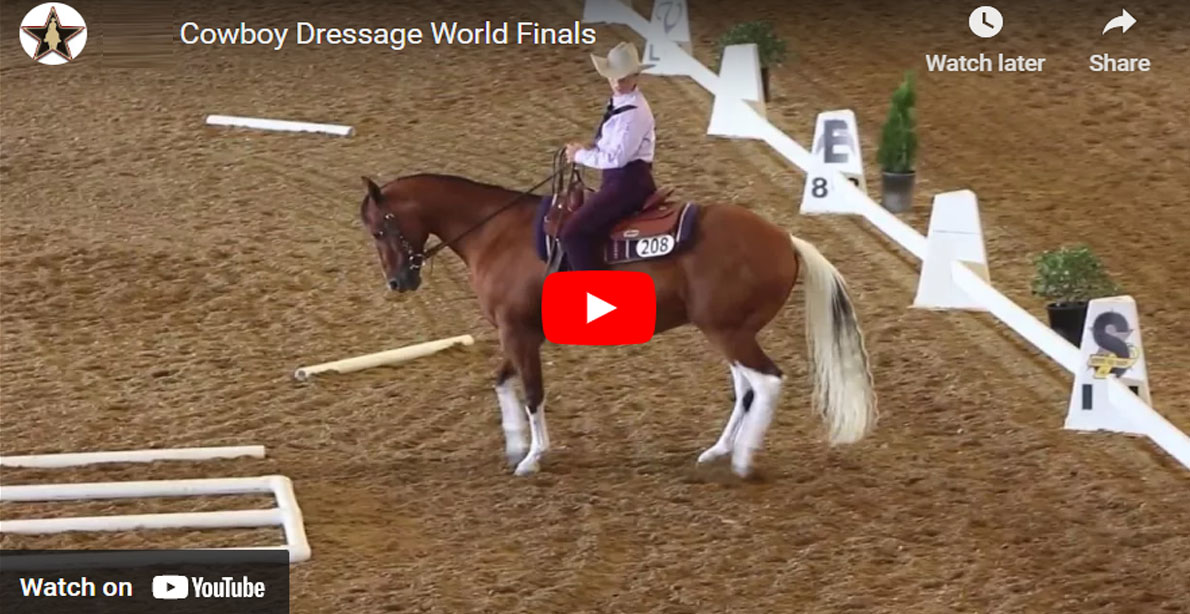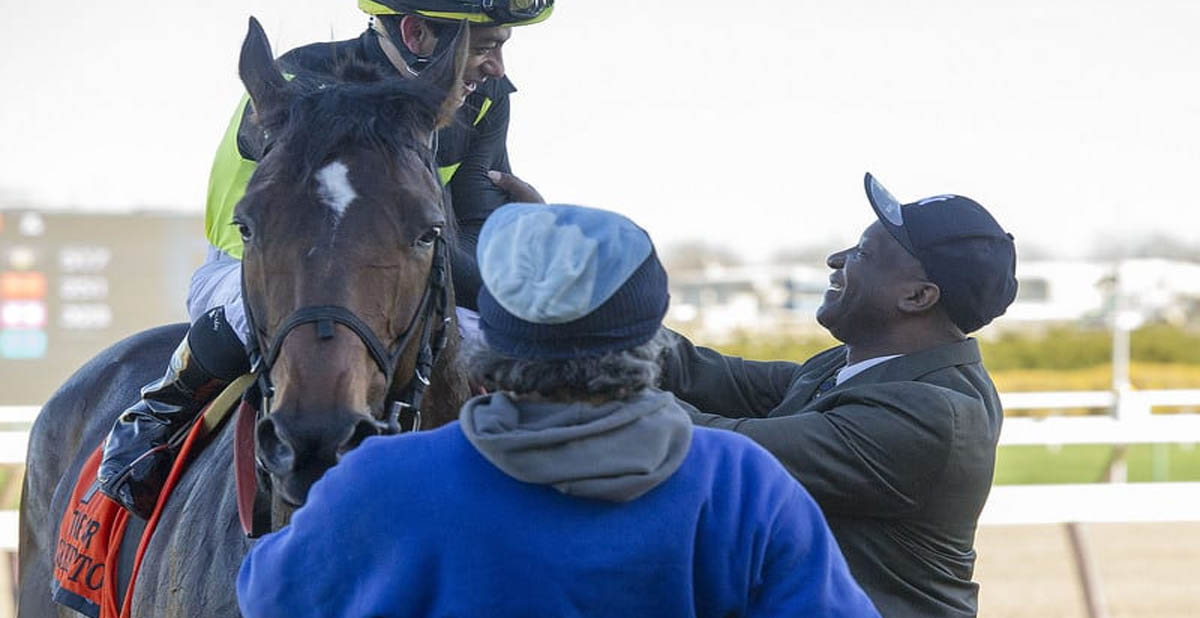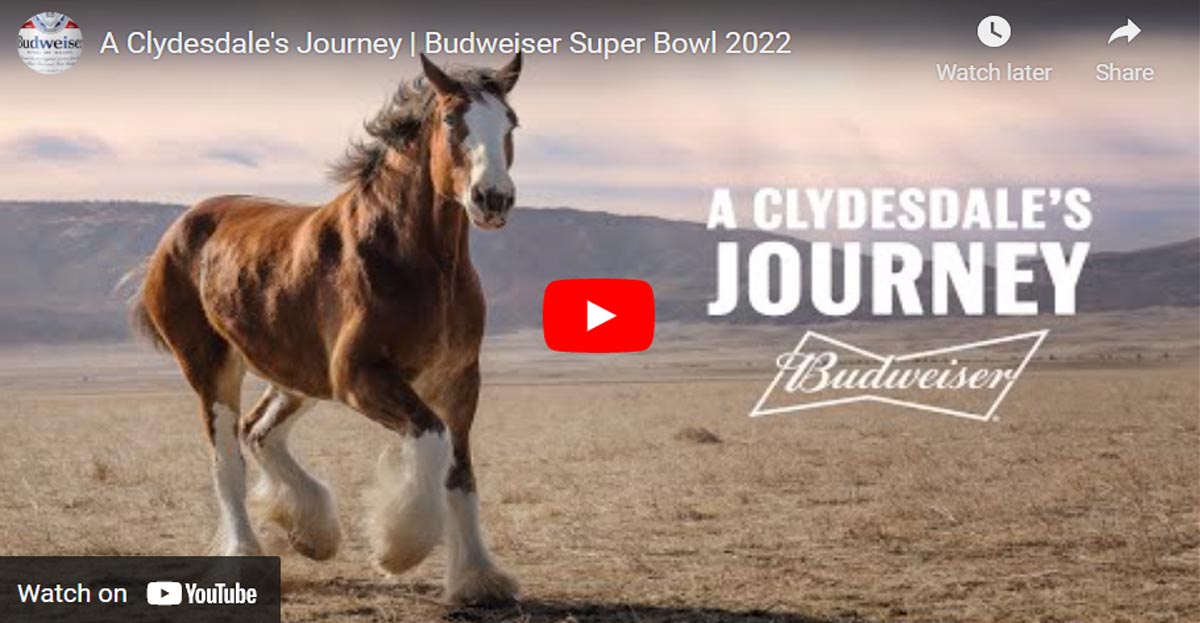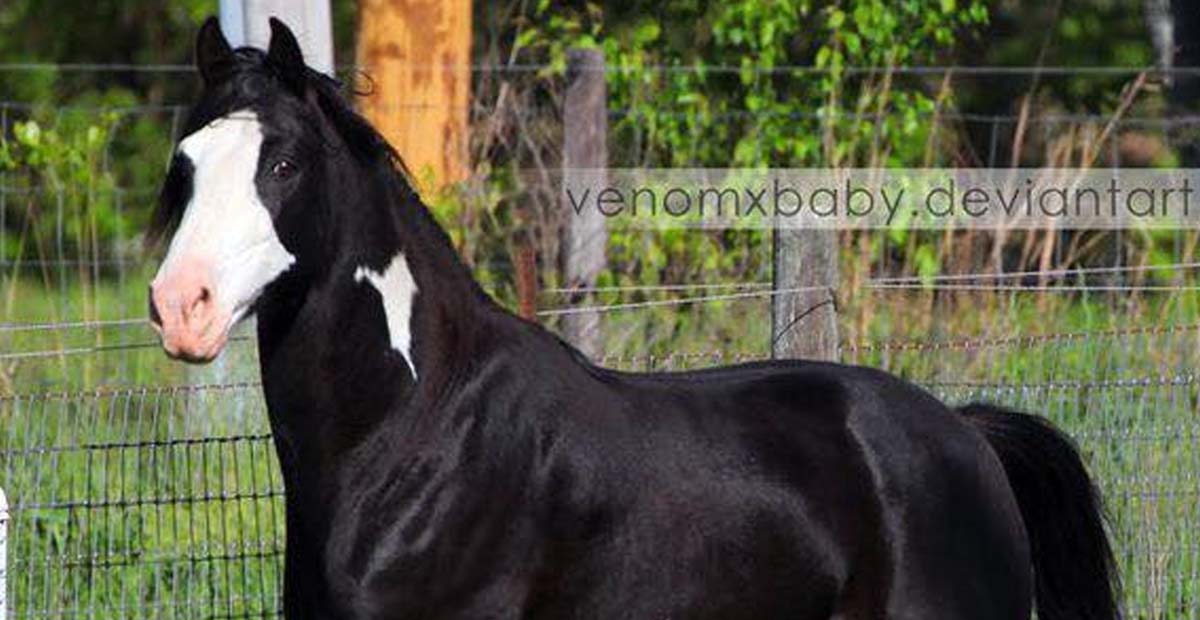DR. W. Troy Stevens Chiropractic Physician
Human chiropractic principles and philosophy have been in existence since the 1800`s and have contributed to the health and healing of millions of people. The use of chiropractic for animals has been around for almost as long. Dr. Palmer, the founder of human chiropractic, also developed and operated several animal Chiropractic clinics. However, it wasnít until 1985 when Dr. Sharon Willoughby, D.V.M., D.C. founded a school to train veterinarians and chiropractors alike, in the application of chiropractic techniques for animals. Chiropractic techniques were formulated different than those applied to humans due to the differences in anatomy. They were also developed different from one animal species to another.
For the veterinarian, it was important to understand the scientific basis of chiropractic, develop the clinical skills necessary for adjusting animals, and incorporate chiropractic care into the veterinary practice. It was equally important for the chiropractor to understand the differences in quadruped anatomy, physiology, pathology and behaviour before applying chiropractic techniques to animals.
Dr. Stevens graduated from Western States Chiropractic College in Portland, Oregon in 1991. Prior to earning his doctorate degree in Chiropractic, Dr. Stevens completed four years of undergraduate study in science and biology at Southern Oregon State University. After graduation, he became an associate for three years for a large clinic in Sacramento, California. In 1994 he opened his own office in Citrus Heights, California and in 1996 opened a second office in Dixon, California. Dr. Stevens is currently practicing full time at his office in Dixon.
In 1993, Dr. Stevens received certification in Californiaís Workers Compensation Qualified Medical Evaluator Program, which he held for ten years before deciding to devote more time to his interest in Animal Chiropractic. In 2003, Dr. Stevens attended the foremost leading Animal Chiropractic School, Options for Animals, in Northern Illinois. He completed over 200 hours of course study in animal chiropractic before receiving his certificate of completion, and was certified by the American Veterinarian Chiropractic Association in 2004. He now holds the current maximum qualifications given to doctors for animal chiropractic and he continues to pursue on going studies specific to the canine and equine species.
Q: Is chiropractic safe for my animal?
A: Yes. Chiropractic is a noninvasive form of treatment and quite effective when administered by a properly trained animal chiropractor. It can bring immediate relief of pain and discomfort. Each adjustment given is designed to be specific and appropriate to the animalís medical condition, age, breed, weight, temperament and past medical history. Never let anyone adjust your animals who is not either a veterinarian or chiropractor and who has not been trained and certified specifically in animal chiropractic.
Q: Does the adjustment hurt?
A: No. Each animal responds differently to the adjustment depending on age, breed, temperament, and whether the condition is acute or chronic. In general, your animal will have immediate symptom relief and begin to show signs of increased mobility and decreased pain.
Some animals may exhibit mild muscle soreness from the treatment because the body is being returned to its normal alignment from a previously abnormal position. If the soreness does occur, usually it will only last for 24 hours and then subside, leaving the animals feeling better. Most animals become very relaxed immediately following the adjustment and may want to nap but be prepared to experience a dramatic increase in energy following. Animals are all too often happy to return for additional treatments.
Q: How can I tell if my animal is hurting and needs adjustment?
A: Animals for the most part hide their pain quite well. However, as your petís owner you can tell what might be out of the ordinary in their behavior if you just pay attention to subtle signs. Aside from noticeable lameness such as limping, you might notice that your animal is more tired or seems to be uninterested in eating. They may show signs of concern when being petted or stroked along their neck and back. Another sign which commonly gets over looked especially in horses is that they act ornery or stubborn to commands. Ageing dogs and horses may have difficulty with certain movements in getting up or down and with walking or running. Most commonly seen in animals experiencing pain is withdrawn behavior. Note: Always check with your veterinarian first before seeking treatment from your animal chiropractor to rule out any other possibility of injury or disease.
Q: How many treatments will my animal need and how long before results are seen?
A: Each animal is individually different and responds differently to the treatments. It largely depends on your animals medical condition. In general, the more severe or chronic the condition, the greater the number of initial adjustments required. Immediate results are often achieved and noticeable changes in the animalís behavior are commonly seen after the first treatment. On average most animals begin to show a permanent change in their condition after 4-6 treatments.
Q: Will my pet need chiropractic treatments on a regular basis?
A: Each chiropractic adjustment builds on the previous one until maximum results are achieved. Chronic and degenerative diseases such as those seen with repetitive injury or geriatric conditions typically require periodic maintenance treatments. Acute conditions may require only one adjustment. I also have many clients with dogs and horses at upper levels of competition that bring them in routinely during the competitive season to keep them at optimal performance.
AVCA Certified Animal Chiropractor :- 1285 Stratford Ave. Ste. I Dixon, California 95620, USA :- (707) 330-2311 phone
Testimonial : I have always been unsure of the benefits of chiropractic care for horses. Recently though, I have been able to see how it really does help. Our 6 year old pony, Ruby, started to show reluctance in some of her gaits and a general irritability. We checked her feet, diet, and saddle. Everything was fine. I finally called Dr. Stevens and he came out to see her. He took his time, watched her move, and did an exam. After telling me his findings he made a few adjustments. He was very quiet and gentle. The very next day Ruby seemed to be happier and when we finally started to ride her at the end of the week, her gaits were much improved. It has been over three weeks now and Ruby is still doing really well. We will definitely use Dr. Stevens again if we have any problems in the future.

For the veterinarian, it was important to understand the scientific basis of chiropractic, develop the clinical skills necessary for adjusting animals, and incorporate chiropractic care into the veterinary practice. It was equally important for the chiropractor to understand the differences in quadruped anatomy, physiology, pathology and behaviour before applying chiropractic techniques to animals.
Dr. Stevens graduated from Western States Chiropractic College in Portland, Oregon in 1991. Prior to earning his doctorate degree in Chiropractic, Dr. Stevens completed four years of undergraduate study in science and biology at Southern Oregon State University. After graduation, he became an associate for three years for a large clinic in Sacramento, California. In 1994 he opened his own office in Citrus Heights, California and in 1996 opened a second office in Dixon, California. Dr. Stevens is currently practicing full time at his office in Dixon.
In 1993, Dr. Stevens received certification in Californiaís Workers Compensation Qualified Medical Evaluator Program, which he held for ten years before deciding to devote more time to his interest in Animal Chiropractic. In 2003, Dr. Stevens attended the foremost leading Animal Chiropractic School, Options for Animals, in Northern Illinois. He completed over 200 hours of course study in animal chiropractic before receiving his certificate of completion, and was certified by the American Veterinarian Chiropractic Association in 2004. He now holds the current maximum qualifications given to doctors for animal chiropractic and he continues to pursue on going studies specific to the canine and equine species.
Q: Is chiropractic safe for my animal?
A: Yes. Chiropractic is a noninvasive form of treatment and quite effective when administered by a properly trained animal chiropractor. It can bring immediate relief of pain and discomfort. Each adjustment given is designed to be specific and appropriate to the animalís medical condition, age, breed, weight, temperament and past medical history. Never let anyone adjust your animals who is not either a veterinarian or chiropractor and who has not been trained and certified specifically in animal chiropractic.
Q: Does the adjustment hurt?
A: No. Each animal responds differently to the adjustment depending on age, breed, temperament, and whether the condition is acute or chronic. In general, your animal will have immediate symptom relief and begin to show signs of increased mobility and decreased pain.
Some animals may exhibit mild muscle soreness from the treatment because the body is being returned to its normal alignment from a previously abnormal position. If the soreness does occur, usually it will only last for 24 hours and then subside, leaving the animals feeling better. Most animals become very relaxed immediately following the adjustment and may want to nap but be prepared to experience a dramatic increase in energy following. Animals are all too often happy to return for additional treatments.
Q: How can I tell if my animal is hurting and needs adjustment?
A: Animals for the most part hide their pain quite well. However, as your petís owner you can tell what might be out of the ordinary in their behavior if you just pay attention to subtle signs. Aside from noticeable lameness such as limping, you might notice that your animal is more tired or seems to be uninterested in eating. They may show signs of concern when being petted or stroked along their neck and back. Another sign which commonly gets over looked especially in horses is that they act ornery or stubborn to commands. Ageing dogs and horses may have difficulty with certain movements in getting up or down and with walking or running. Most commonly seen in animals experiencing pain is withdrawn behavior. Note: Always check with your veterinarian first before seeking treatment from your animal chiropractor to rule out any other possibility of injury or disease.
Q: How many treatments will my animal need and how long before results are seen?
A: Each animal is individually different and responds differently to the treatments. It largely depends on your animals medical condition. In general, the more severe or chronic the condition, the greater the number of initial adjustments required. Immediate results are often achieved and noticeable changes in the animalís behavior are commonly seen after the first treatment. On average most animals begin to show a permanent change in their condition after 4-6 treatments.
Q: Will my pet need chiropractic treatments on a regular basis?
A: Each chiropractic adjustment builds on the previous one until maximum results are achieved. Chronic and degenerative diseases such as those seen with repetitive injury or geriatric conditions typically require periodic maintenance treatments. Acute conditions may require only one adjustment. I also have many clients with dogs and horses at upper levels of competition that bring them in routinely during the competitive season to keep them at optimal performance.
AVCA Certified Animal Chiropractor :- 1285 Stratford Ave. Ste. I Dixon, California 95620, USA :- (707) 330-2311 phone
Testimonial : I have always been unsure of the benefits of chiropractic care for horses. Recently though, I have been able to see how it really does help. Our 6 year old pony, Ruby, started to show reluctance in some of her gaits and a general irritability. We checked her feet, diet, and saddle. Everything was fine. I finally called Dr. Stevens and he came out to see her. He took his time, watched her move, and did an exam. After telling me his findings he made a few adjustments. He was very quiet and gentle. The very next day Ruby seemed to be happier and when we finally started to ride her at the end of the week, her gaits were much improved. It has been over three weeks now and Ruby is still doing really well. We will definitely use Dr. Stevens again if we have any problems in the future.



